
Attraction of Misasa Onsen Hot Springs
In the Land of Healing of Six Senses, fully enjoy the appeals of Misasa’s Hot Springs.
-
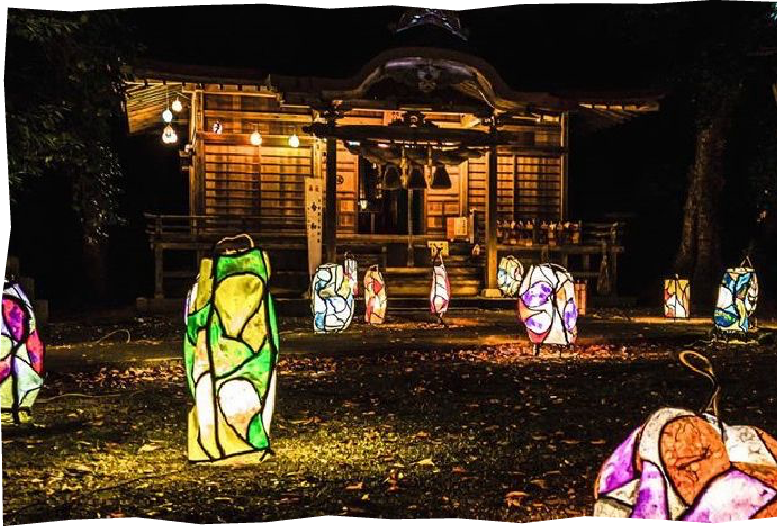
Suitable for solo travels, quiet and calm townscape spreads centering Yakushido Hall. Kiya Ryokan is conveniently located in the middle of the town, traveling around is easy. In the Onsen town, the must see highlights include “Kabuyu,” the origin of Misasa Onsen, Misasa Shrine where the hero who discovered the hot springs in this land is enshrined, the riverbank Onsen, and a shooting range.
“Behind the pebble in the river current A cute little Kajika frog tinkles a bell”
In the beginning of the Showa Era, Ujo Noguchi (a poet/lyricist of children’s songs and folk songs) sojourned at Misasa Onsen and refined his crafts.
Misasa Road Stroll Map

-
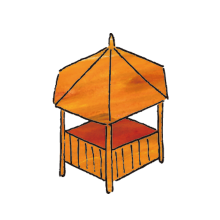
Rokkakudo
An observation deck where one can command a sweeping view of Misasa Onsen Town. A promenade connects to Nanen-ji Temple.
-
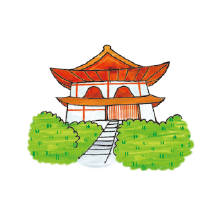
Nanen-ji Temple
Nanen-ji Temple’s rare and exotic main gate is eye-catching where visitors enjoy the sweeping view of Misasa Onsen Town.
-
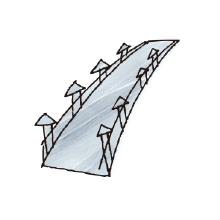
Misasa Bridge
Misasa Bridge was constructed in 1934. Made with blue granite, this bridge is elegant and tasteful.
-
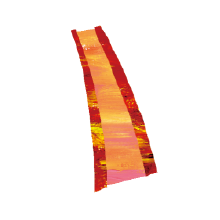
Koitani Bashi (Bridge of Love)
The movie “Koitani Bashi” was set in Misasa Onsen in 2010. Come by at night to admire the beautiful illumination of the bridge.
-
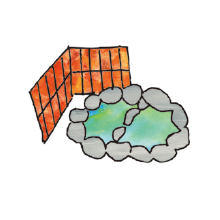
Kawara Buro (Riverbank Bath)
At the base of Misasa Bridge, explore an open-air hot spring called “Kawara Buro (Riverbank Bath)” and a foot bath called “Kawara no Yu (Riverbank Hot Spring.)”
-
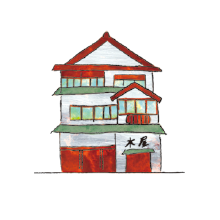
Kiya Ryokan
Founded in 1868, the first year of Meiji Period. A long-established three story wooden building, the entire structure was designated as a National Registered Tangible Cultural Property.
-

Hotaru no Sato (Home of Fireflies)
Fireflies can be seen over Misasa River which runs through the Onsen town. (Season: around June.)
-

Kajika Frog
Locals believe that gently rubbing the ceramic statue of Kajika frog sitting in the middle of Koitani Bashi bridge will bring love luck. Listening to the frogs singing is believed to boost healing energy.
-
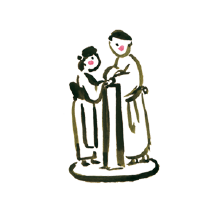
Misasa Kouta Statue
“Misasa Kouta” is a movie filmed in 1929. The bronze statue portrays a couple, two main characters, snuggled up on Misasa Bridge.
-
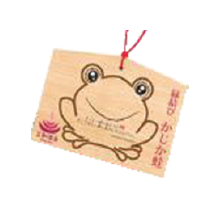
Ema for matchmaking
A matchmaking Ema, a wooden votive picture, with a cute illustration of frogs can be found at ryokans, local shops and the tourist information office.
-
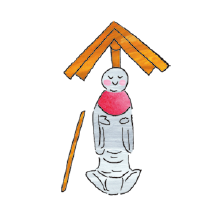
No Cane Jizo Statue
Pray to the No Cane Jizo Statue, according to the folktale, the pain in the legs and feet will be lifted and you won’t be needing a help of a cane.
-
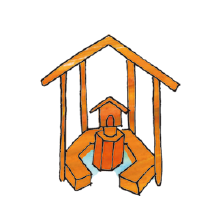
Yakushi Yu
Free foot bath is offered. Visitors can drink mineral rich Yakushi no Yu from the fountain.
-
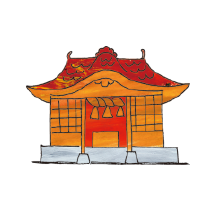
Misasa Shrine
The radium hot spring constantly gushes out at the purification fountain at this shrine and is loved by the locals as “God’s Hot Spring.”
-

Kabuyu
Well known for the legendary white wolf, much appreciated Kabuyu is the origin of Misasa Onsen.
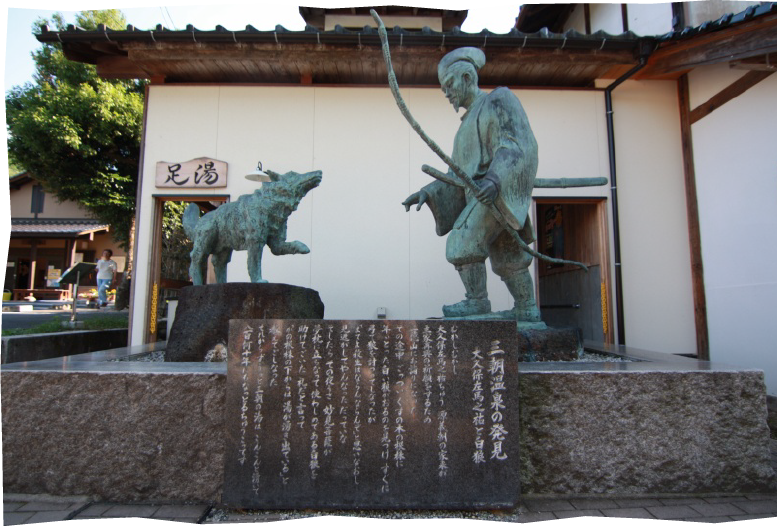
The Origin of Misasa Hot Springs
The origin of Misasa Hot Springs dates back approximately 850 years. When a samurai named Ōkubo Saumanosuke encountered an old white wolf, he first intended to shoot it with a bow but told himself that white wolf was a messenger of a God and decided to let it free. That night, Myoken Daibosatsu, a Buddhist deity appeared in his dream and told him where to find a hot spring in appreciation of sparing the life of the white wolf. The legendary hot spring is said to have been healing the villagers ailments as a hot spring of salvation ever since. It is now a communal bath called “Kabuyu.”
The legend has been told since the end of Heian Period when Samanosuke stopped by Mt. Mitoku on his pilgrimage. Samanosuke was a vassal of the leader of Genji clan, Minamoto no Yoshitomo and went on his pilgrimage to wish for a victory for Genpei War. While he was in Misasa to heal his body, he had the encounter with the white wolf.
![Radium Hot Spring Kiya Ryokan, Cultural Property inn of Misasa Onsen in Tottori [Official]](/shared/img/common/head_logo.png)